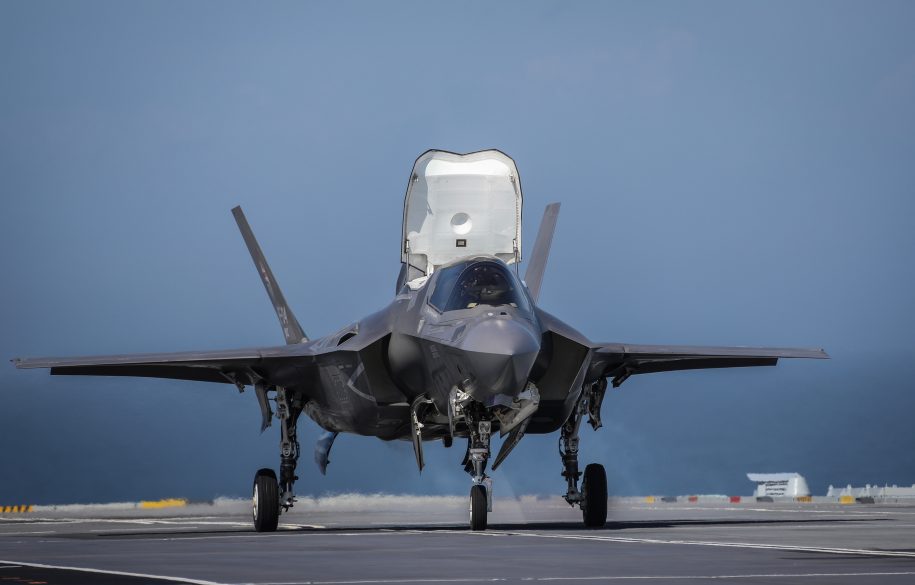Challenge: To review and refresh the Mission Task List (Air), (MTL(A)) based upon the current Joint Task List (JTL), the RAF Command Plan and NATO STANAGs; to develop appropriate Team Performance Statements (TPS) which identify the accompanying Performance, Conditions and Standards (PCS) for each Mission Task; to complete the corresponding Collective Training Objectives (CTOs), including Behavioural CTOs Environment Analysis (EA), accompanying Formal Training Statement (FTS), Enabling Objectives (EOs) and Key Learning Points (KLPs) to enable the delivery of objective collective training for Tier 2 / Tier 2+. Develop a MIS to host all of the information and be able to use it to design Air Exercises.
Solution: To maximise engagement with the customer, a team of 8, comprising Air, DSAT and MIS SMEs, led by a program manager was embedded within Air Command at High Wycombe, with additional SMEs employed off site and remotely. Due to the complexity of this task, geographical displacement of SMEs, constraints of military resource and the relatively ‘unchartered territory’ of Collective TNA within the military (and academia), the High Performing Team operating principles, as advocated and utilised by Waves, was developed with the customer to support successful delivery. Due to the different capabilities and changing landscape that Air now operates in, the MTL(A) became a re-write rather than a review.
To achieve the pioneering body of work for the customer, a deep level of DSAT knowledge, academic research and innovation were combined to demonstrate how the ‘golden thread’ from JTL to the lowest task level within the TPS could be mapped. It is anticipated that these methodological approaches will inform future iterations of JSP 822 and wider defence thinking on CT.
Results: In total there were 70 Force Element CTOs developed and an additional 10 Behavioral CTOs, 27 BCTEOs and 73 Low level Performances which looked at the Team Cohesion within a Task. There were over 838 CTEOs developed. These are housed on a purpose-built MIS which can now be used to design future air exercises and can be assessed against to indicate to Command where, if any, there is an Operational risk to deploying certain teams into theatre.

